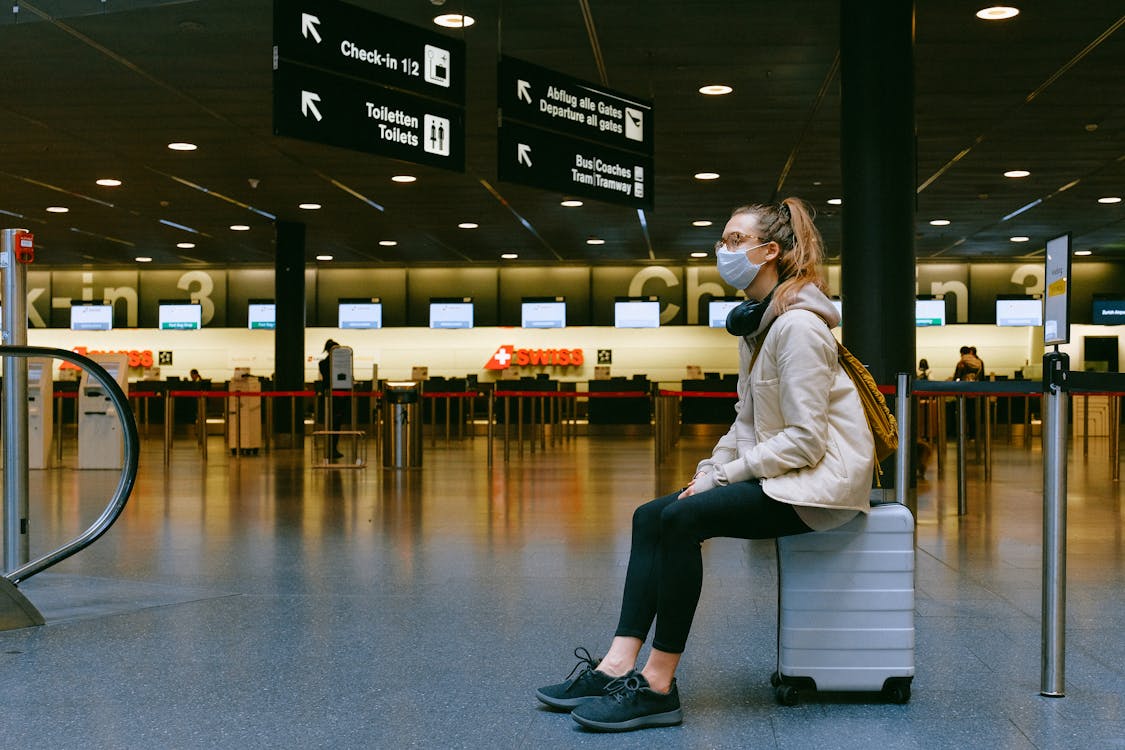The COVID-19 pandemic has undeniably transformed the fabric of urban mobility, compelling cities worldwide to rethink and redesign transportation systems. As societies grapple with the aftermath of the pandemic, urban mobility faces an array of new challenges and opportunities. This article argues that while the pandemic has accelerated certain positive shifts towards more sustainable and flexible urban transport solutions, it has also unveiled and exacerbated existing challenges that demand innovative and inclusive responses.
Accelerated Adoption of Sustainable Mobility
One of the most positive shifts observed during the pandemic was the accelerated adoption of sustainable mobility options. Cities expanded bike lanes, encouraged walking, and witnessed a surge in the use of electric scooters and bikes. This transition was not only a response to the reduced capacity of public transport due to social distancing requirements but also reflected a growing awareness of the need for healthier, more environmentally friendly urban environments. However, the question remains: Can these changes be sustained in the post-pandemic world?
The Resilience of Public Transport Systems
The pandemic starkly highlighted the vulnerabilities of public transport systems. Ridership plummeted as fear of contagion kept commuters away, plunging transit authorities into financial distress. Despite this, the argument for strengthening and investing in public transport has never been stronger. Public transportation remains the backbone of sustainable urban mobility, essential for reducing congestion, pollution, and social inequalities. The challenge lies in restoring public confidence in the safety and reliability of public transport while innovating for more resilient systems.
The Digitalization of Mobility
Digitalization has emerged as a crucial tool in adapting urban mobility to new realities. Ride-sharing apps, on-demand transit services, and digital payment systems have offered flexibility and reduced the need for physical contact, aligning with health and safety concerns. However, this digital shift also raises issues of accessibility and equity. Not all urban residents have equal access to digital tools or the internet, risking the exclusion of vulnerable populations from essential mobility services.
The Rise of Remote Work and Its Impact on Urban Mobility
The widespread adoption of remote work has profoundly impacted commuting patterns, reducing rush hour traffic and potentially lessening the demand for traditional office-centric urban transport planning. This shift presents an opportunity to rethink and redesign urban spaces and mobility networks that cater to a more flexible, decentralized urban workforce. However, it also poses challenges for urban planning and public transport funding models, which have traditionally relied on predictable commuting patterns.
Addressing Social Inequalities in Urban Mobility
The pandemic has exacerbated existing social inequalities, including disparities in urban mobility. Essential workers, often from lower-income communities, have faced heightened risks and challenges in accessing safe and reliable transportation. The post-pandemic world must prioritize equitable mobility solutions that ensure all city residents, regardless of socio-economic status, have access to safe, affordable, and efficient transportation options.
The post-pandemic world presents a critical juncture for urban mobility. Cities have the opportunity to capitalize on the positive shifts towards sustainability and flexibility induced by the pandemic while addressing the deep-seated challenges that have been brought to the forefront. Embracing innovation, focusing on equity, and reinforcing the resilience of public transport systems are essential steps towards building more inclusive, sustainable, and adaptable urban mobility landscapes. The transition will not be easy, and it requires a concerted effort from governments, industry, and communities. However, the rewards—a healthier, more equitable, and sustainable urban future—are well worth the challenge.

